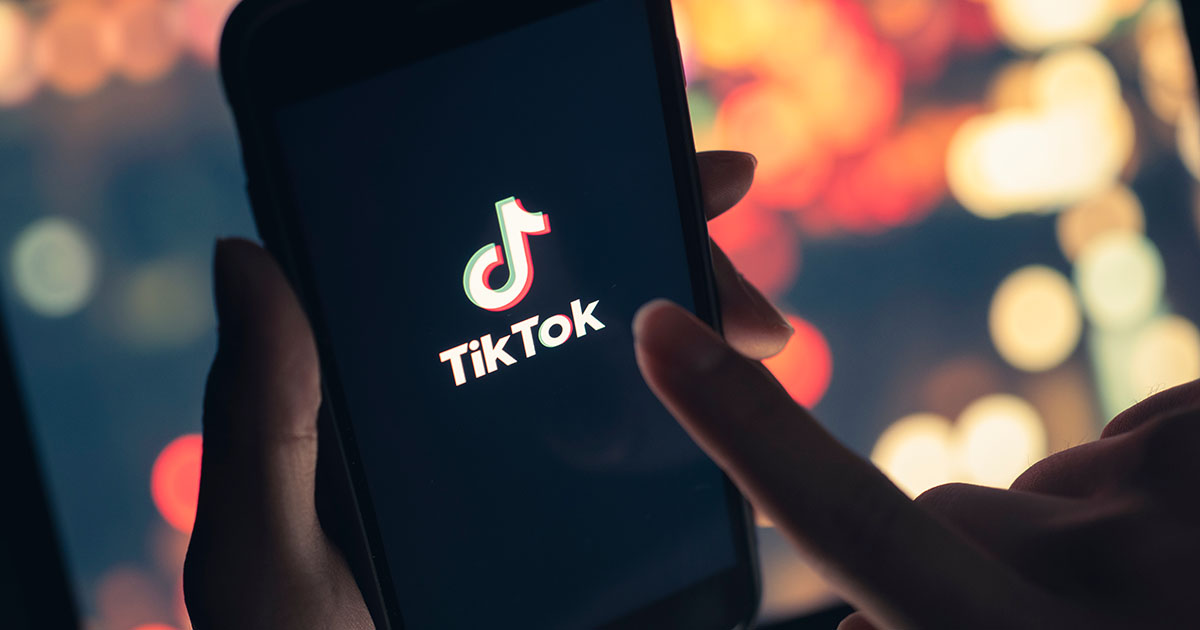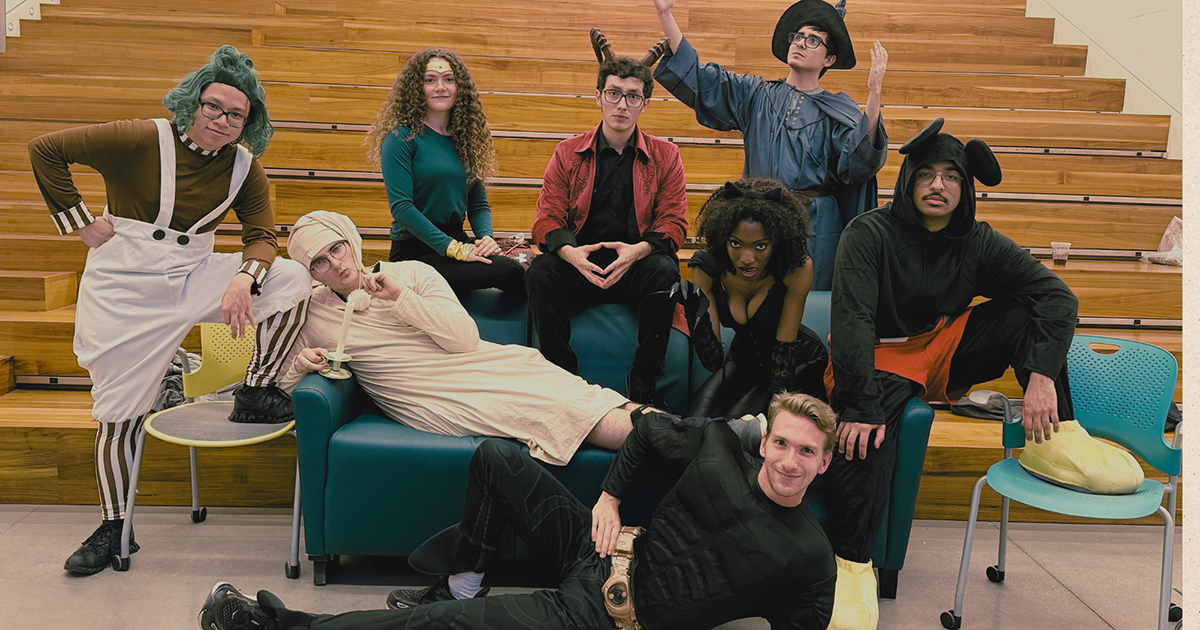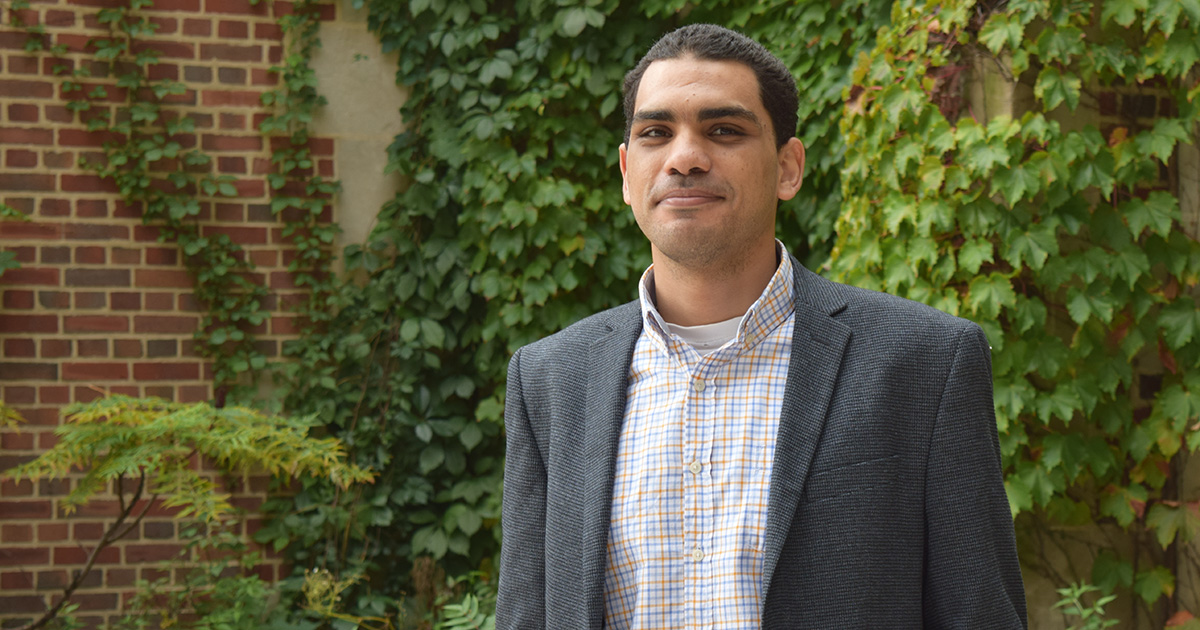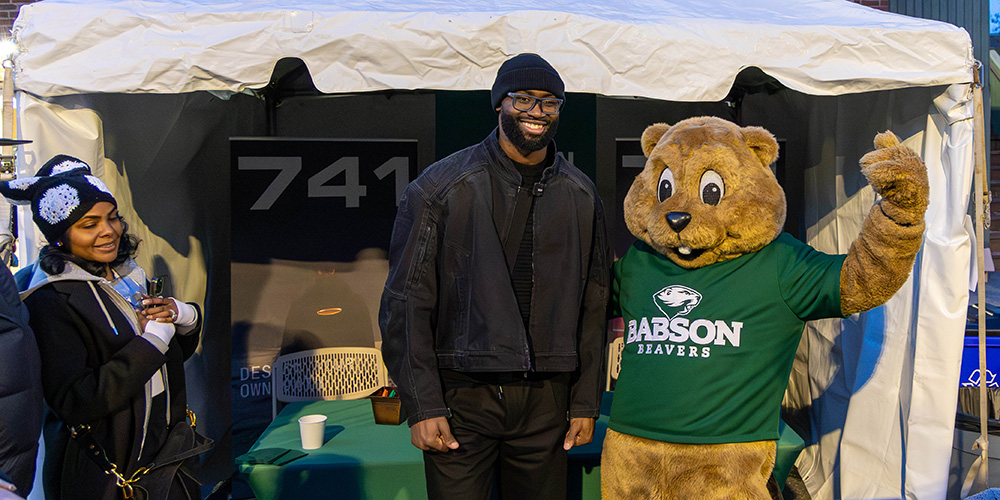The TikTok Ban and Beyond: How Small Businesses Can Adapt

The great U.S. TikTok blackout might have lasted less than 24 hours, but it was enough time to upset millions of American influencers, small businesses, and other devotees of the popular Chinese social media platform.
“It was pretty shocking,” said Jonathan DiModica ’21, co-founder of the sneaker platform Got Sole. “Everyone was talking about it, but I didn’t believe it would go dark until it actually happened.”
In the late hours of January 18, TikTok’s U.S. users were greeted with a black screen and a message declaring, “We regret that a U.S. law banning TikTok will take effect on Jan. 19 and force us to make our services temporarily unavailable.”
A federal law passed last year requires TikTok’s Chinese owner, ByteDance, to cut ties with the platform’s U.S. operations due to national security concerns, but an executive order from President Donald Trump has granted the platform a temporary reprieve.
Early Opportunity
DiModica and Got Sole joined TikTok in 2019, a time when the social media platform was still finding its footing with brands. Back then, TikTok was widely associated with lip-syncing and dance videos. But, DiModica saw an opportunity.

“There was a huge supply-demand gap for content,” he explained. “Everyone was on TikTok, but very few brands were creating content. We decided to jump in early, and it paid off.”
While many brands today find viral popularity overnight, Got Sole wasn’t about chasing a single moment.
“We never had one video that changed everything,” DiModica said. “It was about consistency. We posted daily, sometimes multiple times a day, and slowly built a following.”
This strategy allowed Got Sole to expand from two cities to 12 across the U.S., reaching sneaker enthusiasts nationwide and even globally.
Game Changer
TikTok’s value for entrepreneurs, DiModica emphasized, lies in its unique ability to connect brands with audiences overnight. Unlike other social platforms, TikTok’s algorithm prioritizes content discovery, meaning businesses can reach new viewers without needing a massive following.
“It opened us up to a global audience almost instantly,” DiModica said. “That was a game-changer.”
Got Sole has since grown to 880K followers on TikTok, one of at least 7 million business in the U.S. that currently use the platform. In 2023, small businesses generated nearly $15 billion in revenue on TikTok. The platform also supported 224,000 jobs and generated $5.3 billion in tax revenue.
Those businesses will certainly be impacted if TikTok goes dark again. And while Trump issued a 75-day delay on the TikTok ban and Microsoft is in talks to buy the platform, TikTok’s future remains unclear.
Avoid Overreliance
So, what happens if TikTok is banned? DiModica advised young entrepreneurs to prepare for such an event by diversifying their social media presence. Got Sole currently has 1.1 million followers on Instagram, 436,000 on YouTube, and 118,000 subscribers on Snapchat.
“Just like you wouldn’t rely on a single revenue stream, you can’t put all your eggs in one basket with social media,” he said. “If TikTok goes away or trends shift, you don’t want to be playing catch-up.”
The risks of overreliance on a single platform are clear. DiModica points to businesses that invested heavily in Facebook during its peak, only to struggle as users migrated to Instagram or TikTok.
Similarly, TikTok’s potential closure could leave unprepared entrepreneurs scrambling. “If you’re not everywhere, you’re nowhere,” DiModica warned.
“Just like you wouldn’t rely on a single revenue stream, you can’t put all your eggs in one basket with social media. If TikTok goes away or trends shift, you don’t want to be playing catch-up.”
Jonathan DiModica ’21
For entrepreneurs still considering TikTok, DiModica’s advice is straightforward: get started, but stay grounded. “There’s this misconception that you need a viral video to succeed,” he said. “That’s not true. What matters is consistent, authentic content that aligns with your brand.”
As for what might replace TikTok if it’s banned, DiModica is skeptical of a direct substitute.
“When something goes away, people don’t usually flock to a carbon copy,” he said. “They move on to something new. If TikTok disappears, I think we’ll see audiences shifting more to Instagram Reels or YouTube Shorts.”
Despite the uncertainty, DiModica remains optimistic. “Social media trends will always evolve,” he said. “The key is to adapt, stay creative, and focus on connecting with your audience, wherever they are.”
Posted in Insights





